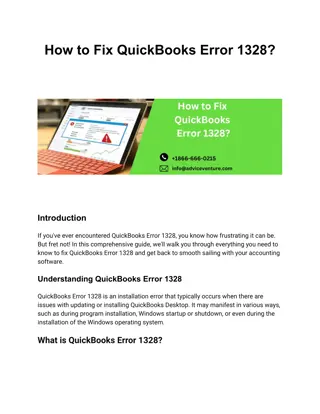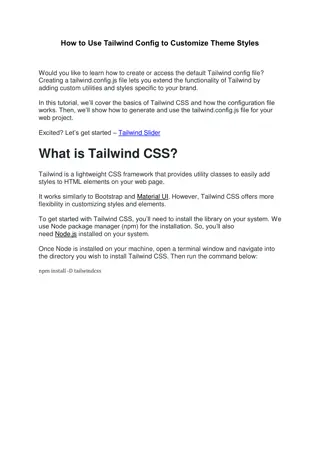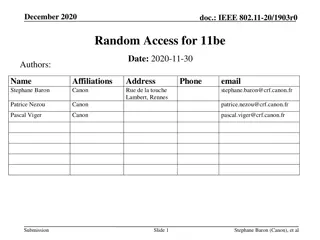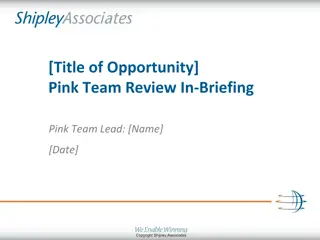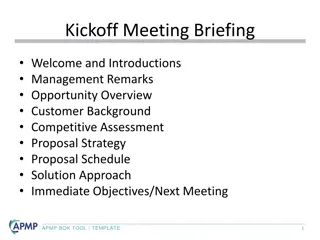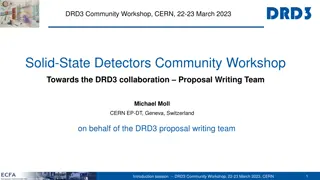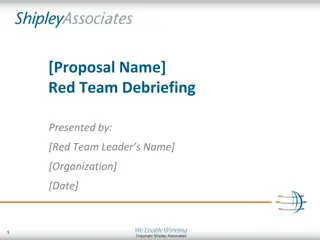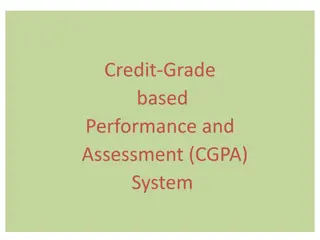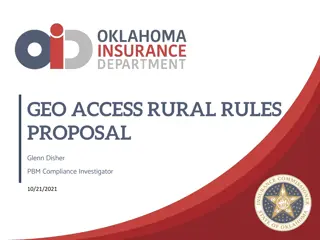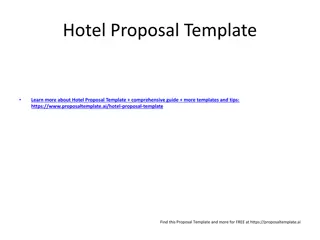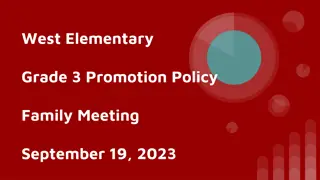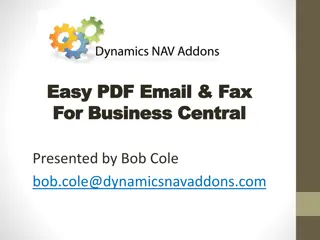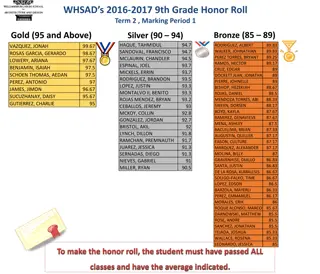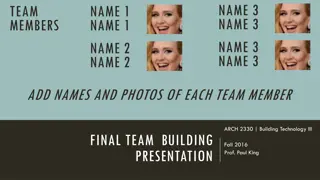
Education Board Outreach and Engagement Strategies
Explore the comprehensive outreach and engagement strategies implemented by the State Board of Education, focusing on community activities, communication methods, and proposed options for middle grades and high school revisions.
Download Presentation

Please find below an Image/Link to download the presentation.
The content on the website is provided AS IS for your information and personal use only. It may not be sold, licensed, or shared on other websites without obtaining consent from the author. If you encounter any issues during the download, it is possible that the publisher has removed the file from their server.
You are allowed to download the files provided on this website for personal or commercial use, subject to the condition that they are used lawfully. All files are the property of their respective owners.
The content on the website is provided AS IS for your information and personal use only. It may not be sold, licensed, or shared on other websites without obtaining consent from the author.
E N D
Presentation Transcript
STATE BOARD OF EDUCATION Dr. Lewis D. Ferebee, Superintendent October 5, 2016
overview 3
outreach and engagement 5 Outputs Meetings Surveys Family preference - Harshman waitlist Broadcast spots Media Roundtable Town halls Connect Ed calls, emails & text reminders Family preference - Crispus Attucks waitlist Print ads Coffee chats Frequently asked questions (FAQ) Student focus groups Family preference - Grades 4, 5, 7 & 8 The Achiever Social media (district & schools) Academy preferences Flyer distribution School communities Web posts (district & schools) Public Board meetings Home mailings Note: Strategies listed have been implemented to date. Community engagement activities will remain an ongoing priority.
middle grades revisioning 6 proposed middle grades options
middle grades dynamics 7 a true middle grades experience transition efforts would include: Interdisciplinary Teaming Varied Instruction comprehensive timeline strategic staffing plan project team(s) professional development two-way stakeholder communication & customer service launch activities for students, families & staff Transition Programs Strategic Scheduling Exploratory Programs Advisory Programs
middle grades 8 considerations Safe environment, separate from high school Address uniqueness of middle schoolers; developmentally appropriate curricular options and teaching approaches Engaging activities and clubs Early exposure to career tracks and high school options Open new K 8 schools Expand existing K 6 schools (with available space) to become K 8 Open new 7 8 schools
high school revisioning 9 strategic long-range planning proposal
high school 10 considerations Good quality, safe schools, separate from middle grades College prep, college credit and additional vocational opportunities Preparation for life after high school Several extracurricular activities and athletics Awareness of building under-utilization School pride; passion and commitment All IPS graduates will be prepared to successfully: Enroll in a 2-year or 4-year college or university Enlist in the armed forces Become gainfully employed
high school proposal 11 2018 2019 redesign all choice academies: connections Career Outlook Collaboration with Local Universities Industry Certifications/ Dual Credit Collaboration with Local Businesses
high school 12 potential academies of interest Proposed Academies Additional Academies Proposed by Stakeholders: Athletics Biodiversity Entrepreneurship Finance/Accounting Hospitality Human Resources Leadership & Civic Engagement NASA Business Technology Health & Human Services Information Technology Kinesiology Logistics & Manufacturing Military Security & Law Enforcement Sustainable Energy Teacher Urban Agriculture Notes: 1) Choice academies would accompany existing choice programs. 2) Students who do not express interest in choice options would attend their neighborhood school. 3) Students explore choice programming through elective courses while completing required state curricula for graduation and college admission.
approved action 13 SY 2017 2018 Middle Grades High Schools Community High Schools Phase-out Expansion from K 6 to K 8 Arlington (9 12) Stephen Foster School 367 Broad Ripple (8 12) Wendell Phillips School 63 Crispus Attucks (9 12) Washington Irving School 14 George Washington (8 12) James Whitcomb Riley School 43 Northwest (8 12) New Reggio School* (location TBA) George Julian School 57 (explore feasibility ) Note: Beginning with the 2018-19 school year, all 7 IPS High Schools will be 9-12: Arlington, Arsenal Tech, Broad Ripple, Crispus Attucks, George Washington, Northwest & Shortridge) Establish 7 8 Schools New Medical/STEM Middle School* John Marshall Middle School

